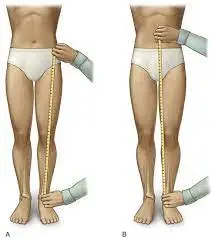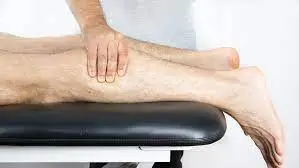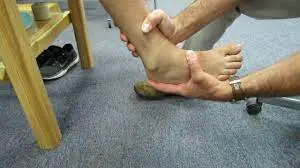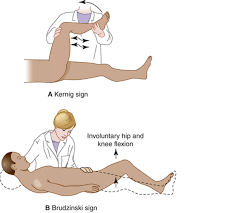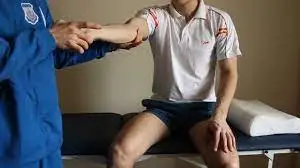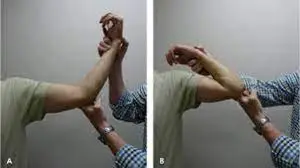Lachman Test
Introduction The Lachman test is a specific clinical examination method used to evaluate patients with a suspected anterior cruciate ligament (ACL) injury. The test is based on proper positioning and technique and is considered the most sensitive and specific test for diagnosing acute ACL injuries. This article also describes the appropriate interpretation of Lachman test…




